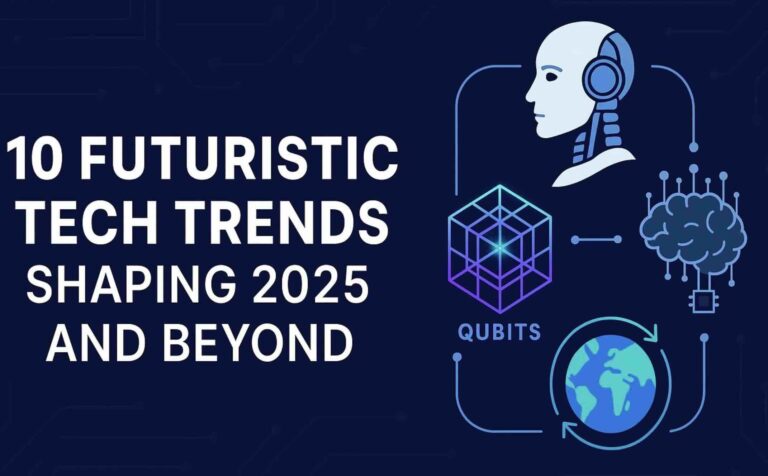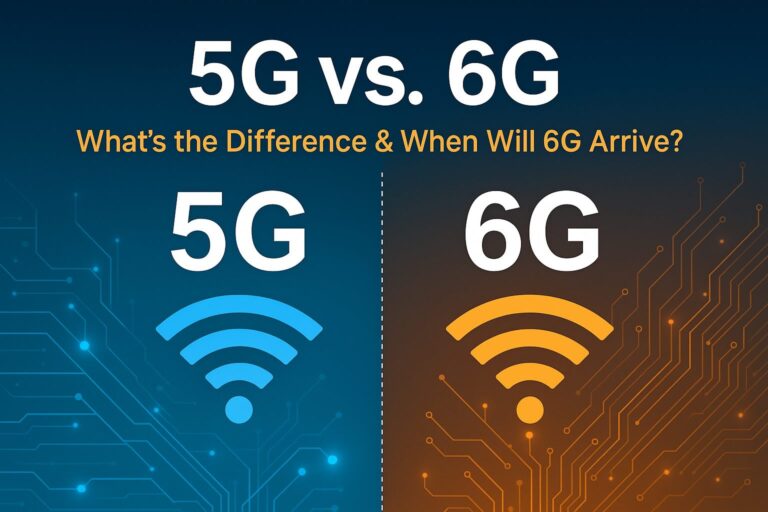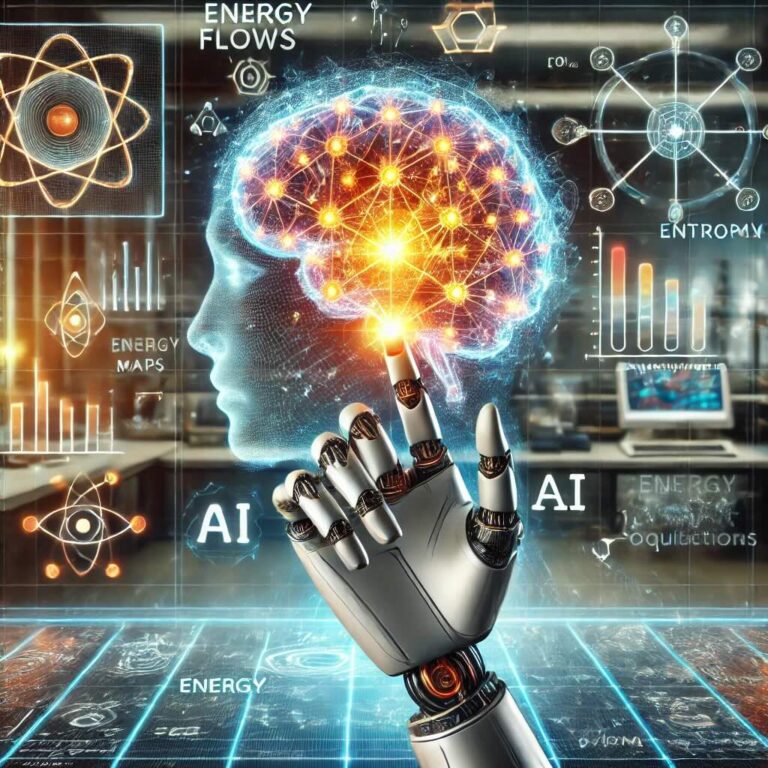The internet has undergone significant transformations since its inception, evolving through various phases that have fundamentally changed how we interact with digital content. We started with Web 1.0, moved to Web 2.0, and now stand on the brink of a new era: Web 3.0. This article aims to demystify Web 3.0, explaining its concepts step-by-step and providing detailed examples to illustrate its impact.
What is Web 3.0?
Web 3.0, also known as the Semantic Web or the Decentralized Web, represents the next generation of internet technology that focuses on decentralization, enhanced user control, and intelligent data understanding. Unlike Web 2.0, which relies on centralized platforms, Web 3.0 leverages blockchain technology and artificial intelligence to create a more user-centric and secure internet experience.
Key Concepts of Web 3.0
- Decentralization
- Semantic Web
- Artificial Intelligence
- Interoperability
- User Control and Privacy
Step-by-Step Breakdown of Web 3.0
Step 1: Decentralization
Decentralization is a core principle of Web 3.0, aiming to eliminate the central points of control that dominate Web 2.0 (e.g., big tech companies like Google, Facebook, and Amazon).
Example:
Blockchain Technology: Blockchain is a decentralized ledger technology that underpins cryptocurrencies like Bitcoin and Ethereum. In Web 3.0, blockchain enables decentralized applications (dApps) that run on peer-to-peer networks without a central authority. For instance, instead of using a centralized service like Dropbox for file storage, users can opt for a decentralized alternative like IPFS (InterPlanetary File System), which distributes files across a network of nodes, ensuring data security and resilience against censorship.
Step 2: Semantic Web
The Semantic Web aims to make internet data machine-readable, allowing AI systems to understand and process information contextually.
Example:
RDF and SPARQL: Resource Description Framework (RDF) and SPARQL Protocol and RDF Query Language (SPARQL) are technologies used to structure and query data on the Semantic Web. For example, an e-commerce site using RDF can structure product information in a way that AI can understand the relationship between different products, user reviews, and purchase histories. This capability enables more accurate and personalized recommendations.
Step 3: Artificial Intelligence
Artificial Intelligence (AI) in Web 3.0 is about enhancing user experiences through intelligent data processing and decision-making.
Example:
Chatbots and Virtual Assistants: AI-driven chatbots in Web 3.0 can understand natural language and provide more nuanced responses. Imagine a decentralized e-commerce platform where an AI assistant helps users find products based on their unique preferences and past behavior, improving the shopping experience without compromising privacy.
Step 4: Interoperability
Interoperability refers to the seamless interaction between different systems and platforms, enabling users to move data and assets across various services without friction.
Example:
Cross-Chain Bridges: In the context of cryptocurrencies, interoperability allows different blockchain networks to interact. For example, a user can seamlessly transfer value between Bitcoin and Ethereum networks using cross-chain bridges like Polkadot or Cosmos, which facilitate communication between disparate blockchain systems.
Step 5: User Control and Privacy
Web 3.0 emphasizes giving users more control over their data and enhancing privacy.
Example:
Decentralized Identity (DID): DID solutions like uPort and Sovrin enable users to own and manage their digital identities without relying on a central authority. For instance, instead of using Facebook login for third-party apps (which involves sharing personal data with Facebook), users can use a DID system that verifies their identity without exposing personal information.
Real-World Applications of Web 3.0
1. Finance (DeFi)
Decentralized Finance (DeFi) platforms leverage blockchain to provide financial services without intermediaries. Platforms like Uniswap allow users to trade cryptocurrencies directly with each other, providing liquidity and earning interest without relying on traditional banks.
2. Content Creation and Distribution
Web 3.0 empowers content creators by eliminating intermediaries. For example, Audius is a decentralized music streaming service that allows artists to publish their music directly to listeners, earning more from their work than they would on centralized platforms.
3. Social Media
Decentralized social networks like Mastodon and Diaspora offer alternatives to platforms like Facebook and Twitter. These networks are community-owned and governed, providing users with control over their data and content.
4. Supply Chain Management
Blockchain technology ensures transparency and traceability in supply chains. For instance, VeChain uses blockchain to track products from manufacturing to delivery, ensuring authenticity and reducing fraud.
How to Get Started with Web 3.0
1. Learn the Basics
- Blockchain and Cryptocurrencies: Understand the fundamentals of blockchain technology and how cryptocurrencies work.
- Smart Contracts: Learn about smart contracts, self-executing contracts with the terms of the agreement directly written into code.
2. Explore Web 3.0 Tools
- Crypto Wallets: Set up a cryptocurrency wallet like MetaMask or Trust Wallet to interact with blockchain applications.
- Decentralized Applications (dApps): Experiment with dApps on platforms like Ethereum, Binance Smart Chain, and Polkadot.
3. Join Communities
- Online Forums: Participate in forums like Reddit’s r/ethdev or BitcoinTalk to learn from others and stay updated.
- Meetups and Conferences: Attend Web 3.0 and blockchain conferences and meetups to network with industry professionals.
Conclusion
Web 3.0 represents a paradigm shift in how we interact with the internet, emphasizing decentralization, enhanced user control, and intelligent data understanding. By understanding its key concepts and applications, professionals and enthusiasts can better navigate this evolving landscape and leverage its potential to create innovative, user-centric solutions. As we continue to transition into this new era, staying informed and adaptable will be crucial to harnessing the full benefits of Web 3.0.












